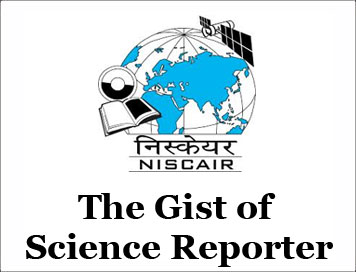(HOT) UPSC Current Affairs 2025 PDF
NEW! The Gist (OCT-2025) | E-BOOKS
(GIST OF SCIENCE REPORTER) DISEASE X
(GIST OF SCIENCE REPORTER) DISEASE X
(JANUARY-2025)
DISEASE X
The recent outbreak reported in the first week of December 2024 in the Democratic Republic of Congo has raised concerns that it could be an instance of Disease X.
About Disease X
-
Disease X is not an actual but a hypothetical disease.
-
The World Health Organization (WHO) coined the term in 2018 to describe an unknown pathogen that could potentially unleash a devastating epidemic or pandemic.
-
It was conceptualised by the WHO to prepare for future outbreaks that are difficult to predict or identify.
-
COVID-19 is widely regarded as the first instance of a real Disease X after the WHO introduced the concept in 2018.
-
Disease X is not a specific illness but a placeholder for an unpredictable and as-yet-undiscovered pathogen capable of sparking a global health crisis.
-
The WHO included it in the Blueprint for Priority Diseases in 2018 to focus on the risks of emerging diseases that science has yet to encounter.
-
Cause: The potential culprits behind Disease X are varied. It originates from Pathogen X, which could be a virus, a bacterium, a parasite, fungi, helminths, or even a prion — a misfolded protein capable of causing severe neurological diseases.
Patterns in Emerging Diseases
-
While the exact nature of Disease X remains unknown, epidemiological patterns provide critical insights into how new diseases emerge and spread.
-
The emergence of viruses such as HIV, SARS, MERS, and Ebola was closely linked to ecological disruptions caused by human activity.
-
Regions with high biodiversity and inadequate healthcare systems, like the Congo Basin, are particularly vulnerable. The interconnectedness of our world, with frequent international travel and trade, makes it easier for localised outbreaks to escalate into pandemics, as seen with COVID-19.
-
Role of Epidemiology: While epidemiology cannot predict the exact moment or source of Disease X, it can help identify high-risk regions and behaviours that increase the likelihood of its emergence.
Challenges in Predicting Disease X
-
Forecasting the next Disease X is daunting, as its emergence depends on numerous unpredictable factors. Zoonotic diseases are the most likely source of driving major epidemics.
-
Other scenarios include pathogens mutating to evade treatment, laboratory mishaps, or deliberate biological attacks.
-
Climate change is also reshaping disease transmission dynamics, expanding the range of vector-borne illnesses like malaria and dengue fever while pushing pathogens to adapt to new hosts and environments.
-
The sheer number of potential pathogens adds to the complexity.
CLICK HERE TO DOWNLOAD FULL PDF
CLICK HERE TO DOWNLOAD UPSC E-BOOKS
Study Material for UPSC General Studies Pre Cum Mains
Get The Gist 1 Year Subscription Online
Click Here to Download More Free Sample Material
<<Go Back To Main Page
Courtesy: Science Reporter



